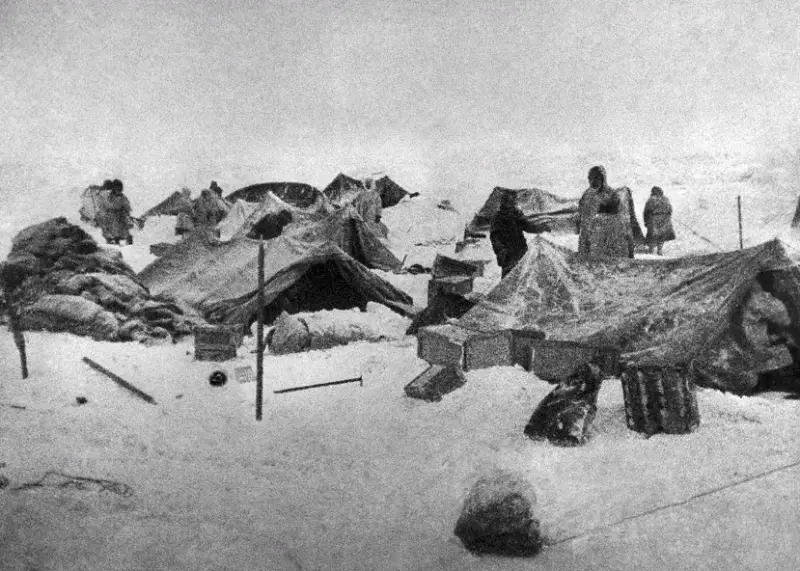How Russia came to the Arctic: about the legendary feat of the “Chelyuskinites” and their salvation

The Northern Sea Route, which today is the most important transport artery for our country, and may soon become so for the whole world, was not taken seriously by the leadership of the USSR in the early 30s of the last century.
No, the economic and military need for this highway was well understood. However, the Arctic Ocean, like the sky above the Arctic, was considered beyond the control of either ships or planes. Until the heroic expedition of the “Chelyuskinites” took place, the progress of which, without exaggeration, was followed by the whole country.
The thing is that the steamship icebreaker “Chelyuskin” with an expedition of 105 participants, headed by the head of the Main Northern Sea Route Otto Schmidt, set off from Murmansk to Vladivostok on August 2, 1933, but already in the 20th of September found itself in an ice trap in the Chukchi Sea.
The polar explorers, their families, and the ship's crew spent about five months trapped in ice. But this turned out to be not the worst thing for the expedition members.
On February 13, 1934, 155 nautical miles from Cape Severny and 144 miles from Cape Uelen, the icebreaker sank, crushed by ice. Fortunately, the experienced Otto Schmidt foresaw this outcome, which allowed the expedition members to transfer food supplies, tents, sleeping bags, as well as an airplane and radio equipment to the ice in advance.
At the same time, one of the polar explorers died during the evacuation. The caretaker Boris Mogilevich fell into the water and was crushed by a log from a crushed ship. He turned out to be the only victim of this expedition.
A commission to rescue people drifting on an ice floe was formed on February 14, 1934.
The first 29 search flights were unsuccessful. However, on March 5, Soviet pilot Anatoly Lyapidevsky was able not only to discover the location of the expedition, but also to land his ANT-4 aircraft on a small area of flat ice. He barely managed to fit ten passengers (women and children) into the cabin of the plane and rescue them from icy captivity. This was the first evacuation in the rescue operation.
At the same time, due to difficult weather conditions, the pilots managed to reach the polar explorers’ camp on the ice floe for the second time only on April 7. However, on April 13, all 104 members were rescued.
From that moment it became clear that Russia (then the USSR) came to the Arctic. In those years, the feat of the Chelyuskinites was put on a par with the first flight into space.
Seven pilots Anatoly Lyapidevsky, Vasily Molokov, Nikolay Kamanin, Mavriky Slepnev, Mikhail Vodopyanov, Ivan Doronin and Sigismund Levanevsky, who saved people from captivity in the ice, were awarded the highest award - Hero of the Soviet Union.
Information